D&D 101: Everything you need to know about Dungeons and Dragons classes
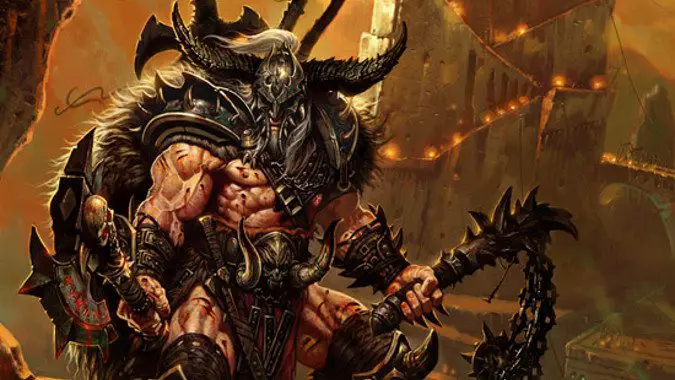
Dungeons and Dragons, as a tabletop RPG, has certain rules to allow you to design the character you want. I’m not going to get into the history of D&D classes and explain how it all originated, which is good, because we’d be here for thousands upon thousands of words — instead, I’m going to walk you through the basics of D&D classes.
To help you get started with D&D, we’ll explain what a character class is, how you can decide between them, and how you can customize them to suit you..
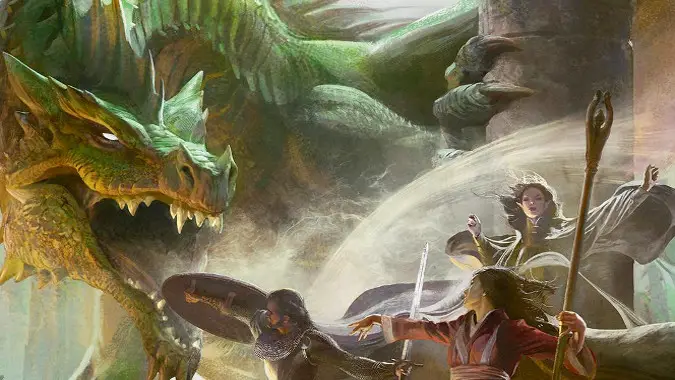
In D&D, class roles are just a suggestion
Dungeons and Dragons isn’t an MMO. It doesn’t have strictly defined roles and talent specializations. But it does have classes that lean in certain directions. For example, certain classes can be excellent party healers — Druid, Priests, even Bards, Paladins, and Rangers can take a few healing spells. Likewise, Rogues, Wizards, Sorcerers, and Warlocks may seem to be primarily damage dealers. But trust me, in D&D it’s a lot less important to pick a role like tank, damage dealer or healer — just about any class can contribute pretty solid damage. My Dwarf Barbarian actually destroyed a boat with a single hit at one point in our campaign.
It can be helpful to think about what role you want to pursue as a guideline rather than a rule. For example, if you do wish to have healing magic, Fighters are right out. They focus on combat and weapon skills, not patching up wounds. But remember, this is only a loose guideline in D&D, thanks to multiclassing (which we’ll get to later) you can construct a character who grows into different roles.
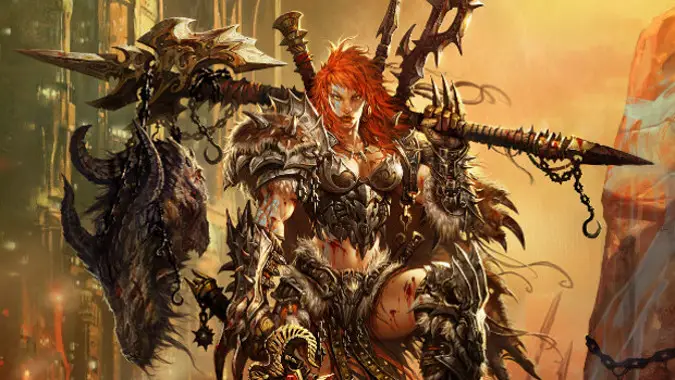
D&D’s 12 core classes in brief
We’re covering the 12 core classes in Dungeons and Dragons 5th edition. Though newer classes like Artificers and Blood Hunters are very cool, but they’re not part of that core release — we’re just talking about classes in the Player’s Handbook.
Each of these classes hits on a fantasy character archetype, with a particular flavor that defines them and what they do.
Barbarian
The Barbarian archetype is the half-wild warrior from the edges of the world, not familiar with the customs of the more civilized people they may encounter. If you’re imagining your character barely armored, using a gigantic weapon in both hands, and painted in woad you’re on the right track. Barbarians are the class with the highest hit dice (a d12, compared to the Fighter and Paladin’s d10 and the d8 most other classes get), which means higher health. Barbarians are all about taking a tremendous beating and dishing out just as much punishment, with their Rage feature letting them both resist damage and hit harder.
If you’ve heard of Conan, you know basically where this is going.
Bard
For the Bard, think Dandelion/Jasker from the Witcher, but amp up the competence. Bards are witty, urbane, adept at dealing with people, and consummate performers who have learned some magic to mix in with their musical skills. Bards are a deceptive class — they’re not the best at anything, but they’re good at a wide, wide range of things from healing to damaging magic to melee combat. Consider a Bard if you like being able to come up with that one clutch ability nobody was expecting.
Cleric
For the Cleric, honestly, Mercy from Overwatch isn’t a bad idea to keep in your head. The Cleric is rooted in the idea of fighting priests from the Medieval period — armored, armed with a weapon and shield most often, and devout in the worship of a specific diety or a divine force. Clerics select a Divine Domain which gives them access to certain spells and certain Channel Divinity powers as they level. You can play a Cleric as a force for life, a devotee of death, a servant of a War god, and many other options depending on the deity or creed they worship.
Druid
A Druid eschews the Cleric’s strict service to a specific divinity in exchange for a deeper relationship with nature. Some Druids channel nature’s raw fury in the form of storm magic, others master the ability to shift into animal forms, and yet others may conjure raw elemental beings or other aspects of nature. If you played Diablo 2 or World of Warcraft, you probably have the basic idea of the Druid. Their subclasses definitely help you customize them further along a specific natural path.
Fighter
The problem with the Fighter is that they really have too many archetypes to list — a fighter can be d’Artagnan from the Three Musketeers, Sparhawk from David Edding’s Elenium and Tamuli series, or even Rick O’Connell from The Mummy. King Arthur, Achilles, and Atalanta would all be easily made with the Fighter class. It’s a class about, well, fighting — Fighters have the best all-around martial skills and the most options for weapons and armor. Whether you want to play a skilled duelist or a walking armory, the Fighter class has ways to make it work.
Monk
Let’s be honest — the Monk is Caine from Kung Fu. It’s a taste of Wushu in your western fantasy. It’s Jet Li or Jackie Chan. If you’ve seen Crouching Tiger, Hidden Dragon you know basically what the Monk class is going for. It’s not trying for historical accuracy any more than the Barbarian or Cleric are — if you want to hit dragons with your fists, this is the class for you.
Paladin
Descending from the 12 Peers of France from the chanson de geste, the Paladin in modern D&D is basically still rooted in this holy warrior archetype. Play a Paladin if you want to be a devoted servant of a god or ideal, literally a champion of your belief. There are specific subclasses of Paladin for those that seek to be the Black Knight instead (the Oathbreaker) but otherwise Paladin Oaths are subclasses dedicated to a specific kind of divine service that the Paladin embraces. Galahad and Percival are the kinds of Knights we mean, or Roland from The Song of Roland.
Ranger
Rangers are, thematically, almost the opposite of Barbarians. Where the Barbarian is a warrior from beyond civilization who comes to it, Rangers head out into the wilderness, learns its ways, and devote themselves to stalking a specific kind of enemy. Strider/Aragorn from the Lord of the Rings is a Ranger, and I’d say Ardeth Bay from The Mummy would also work as a Ranger, mixing skill with a blade with a deft hand at ranged weapons. Play a Ranger if you want to stalk a specific group as enemies, be a master of a specific kind of terrain, or mix a little of the Druid’s nature magic into your combat style. Ranger subclasses allow them to become masters of beasts, expert marksmen, and more.
Rogue
Rogues steal things and stab people in the back. Seriously, that’s the basis for the class. You want to get around those pesky traps in ancient tombs? Talk to a Rogue. You want to see a simply terrifying amount of damage come out of nowhere as a veiled skulker slips out of the shadows and introduces that Hobgoblin to her daggers? The Rogue has you covered. Rogues like it better when no one sees them coming or going. Rogue subclasses can allow them to add a bit of arcane magic or focus on stabbing people even better. Vlad Taltos from Jhereg would work as a Rogue.
Sorcerer
If you want your magic to be something inborn — a power you inherited from a distant ancestor or a connection to a bloodline of magically gifted beings, then the Sorcerer is a good choice for you. This isn’t magic as book learning, or from a distant patron entity, but magic in your very blood. Somewhere in your ancestry there could be a demon, or a dragon, or even a god or demigod and their legacy has manifested in you. If you want to be about magical flexibility and inborn power the Sorcerer is a solid choice. Morgana Le Fay from Arthurian myth is a solid example of the Sorcerer class.
Warlock
Warlocks made a deal. Whether that deal was with an ancient and unknowable Old God, the fickle and capricious Fey, a demon seeking servants, or even a great celestial being, some outside force came to your character and offered you power. Now your life isn’t wholly your own: you have a Patron and you have to keep that Patron satisfied or you could lose your power permanently. But but you possess a host of abilities derived from that pact that make you far more than you were before.
Wizard
The Wizard is the classic magician via study. Sorcerers have it easy since magic just comes naturally to them, and Warlocks made a pact to get powers from someone else. But Wizards are the classic hitting the books, pouring over arcane tomes kind of spellcasters. What they lack in flexibility and ease of access they gain in breadth. Wizards have the broadest spell lists and can learn new spells they find in the world, adding them to their spell books. If you’re thinking Merlin, Harry Potter, or Gandalf, you’re thinking Wizard.
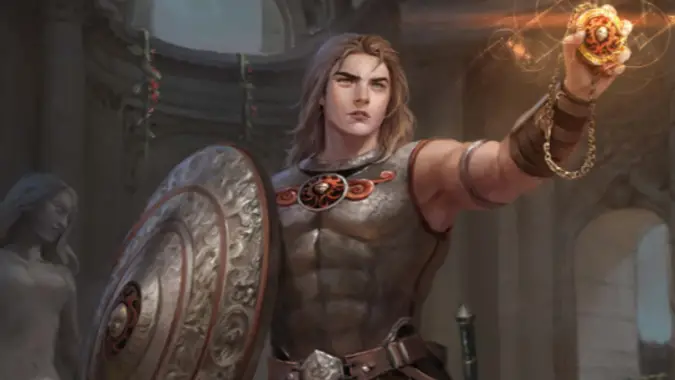
Every D&D class can specialize with a subclass
A subclass is a unique progression path available to members of a specific class. They have different names — Primal Paths for Barbaians, Oaths for Paladins, Martial Archetypes for Fighters, Arcane Traditions for Wizards and so on — but they’re all basically the same thing: a way to fine-tune your character. Each subclass allows you to focus on a specific aspect of your class.
For example, the Primal Path of the Totem Warrior for Barbarians allows them to choose an animal spirit or spirits they identify with and grants them specific abilities related to that totem spirit, while the Oath of Vengeance allows the Paladin to deliver retribution to the forces of evil.
Each class will have several subclass options, allowing you to focus your character down a specific progression as you level.
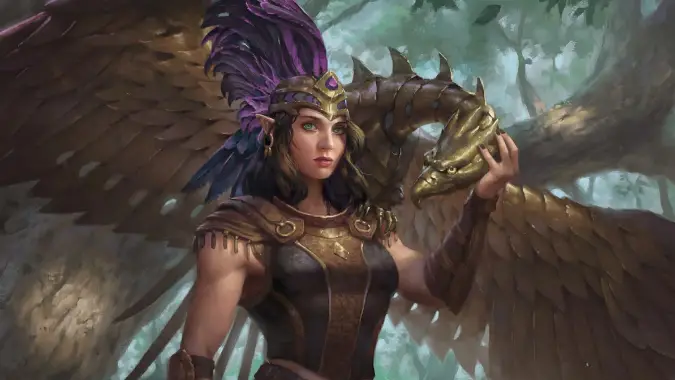
D&D characters can have multiple classes
Sometimes, you’ll have an idea for a character that doesn’t quite work as a single class. For example, you start off as the albino prince of a declining nation of magically skilled people who made an ancient pact with dragons and have ruled the world for thousands of years. But now, just as your father dies and you are slated to become Emperor, your cousin Yyrkoon has decided to usurp you, forcing you to go on a worldwide trip to find a magical sword of legend to use to defeat him.
Your idea has elements of sorcery in it — your magic comes from your ancient bloodline — but you definitely want to be able to use a two handed sword in combat. That’s not something Sorcerers are really great at. So what do you do? You multiclass. In the case of this character — we’ll call him Elric — you start off at first level as a Sorcerer. Your next few adventures, you level as a Sorcerer until around level three. Then, you take your first level as a Fighter. You’re now a fourth level character, with three levels of Sorcerer and three Sorcerer hit dice (a d6) and one level of Fighter with one Fighter hit die (a d10). You’re less effective in melee combat than a 4th level fighter would be, but you have those three levels of Sorcerer giving you access to several Sorcerer spells.
Multiclassing is a somewhat complex undertaking because not all abilities transfer one to one when doing it. For example, if you take Fighter and Barbarian levels, both classes get an extra attack at 5th level. So if you’re a 5th level Fighter/5th level Barbarian, you get two extra attacks, right? No. You only get the first one from 5th level, whichever class you get there first with, and not the extra attack from the second class to 5th. There are also special rules for how spell slots and magic works for spellcasting classes and multiclassing that are beyond the scope of this post, but are clearly stated in the Player’s Handbook.
Hopefully that helps you get an idea of what you’d like to play in mind. There’s a lot of flexibility inherent in D&D — you can play the same class six times and never have it be the same, and you can mix and match as you level to make a character that’s more definitive what you want it to be.
Originally posted 2/26/2020. Updated 2/5/2021.
Please consider supporting our Patreon!
Join the Discussion
Blizzard Watch is a safe space for all readers. By leaving comments on this site you agree to follow our commenting and community guidelines.
 @MatthewWRossi
@MatthewWRossi



